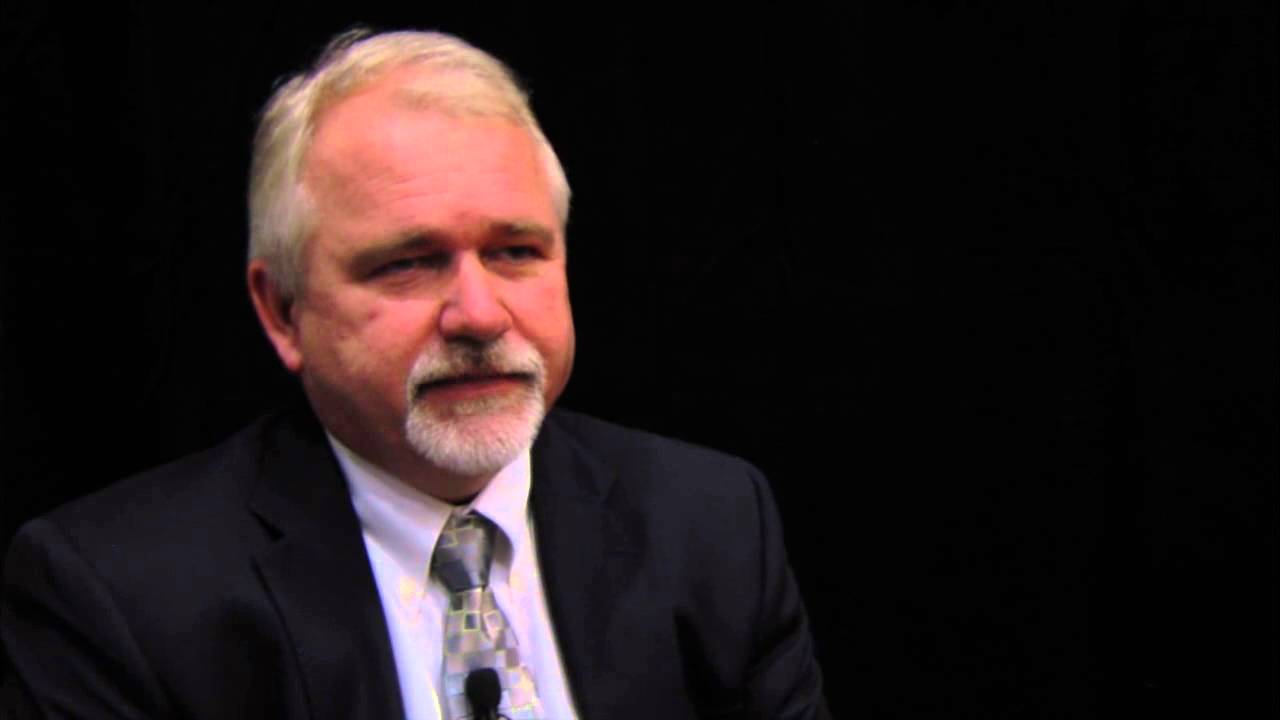
The Internet of Things is garnering more and more attention, with George Osborne singling it out as a key area for investment in his most recent budget. Bjorn Andersson told CBR about some of the possible future applications and some of the most exciting things that are happening now.
AS: Why does HDS think the IoT will be so transformative?
BA: It really opens up a different way of doing things. The first industrial revolution took the human out of some tasks and automated them. We can take that to the next level with the IoT. On the one hand we can collect information where we can’t put a human, or we can collect more from what we’re doing already and then control things with that data.
It will remove humans from the repetitive tasks and things that can be automated, and focus them more on the more high value, intellectual tasks.
The other thing that is really accelerative is the combination of things that are happening. In the background is Big Data. It’s been hyped for a long time, but if you look at Gartner it’s past the peak of the hype curve – this means it is being put into production today. The combination of data coming from the IoT and Big Data is really accelerating this.
It’s starting to feed on itself. We’re past a couple of inflection points in both areas and now we’re starting to see the combination.
AS: One area where the IoT is being applied is smart cities. How does a city become smart?
BA: It’s more than having a smart technology in one area. What we’ve found is in many cases, with existing cities, the area where they can usually get funding and get started is public safety. People understand that it is important and they are prepared to pay for it. You can then use that as a bridge to build out more. You can look at healthcare, you can look at waste management, you can look at services like finding a parking space.
If they build that sort of infrastructure, they don’t have to start from scratch with the next service – they can just expand from there.
We’re talking with several customers who want to invest in public safety so they may invest in perhaps a hundred cameras across the city. Then the next service they want to look at is parking spots. So they use these cameras to detect where they have open parking spots and display this for citizens, so they know where to park.
That additional service is a minimal investment for the city. It’s just another software module.
If you have the luxury to do it from the start, like some cities in India are doing, you can build it all from the ground up. You lay the communications network, which tends to be the backbone of it, then you add other things on top of that. They start with a small city that’s there already, and then they remodel that core part and then the expansion is from scratch.
It’s much cheaper doing that rather than modifying something that you already have. If you have an existing city, you usually have a couple of systems there that you need to interface with, and this raises the complexity of the solution.
AS: How are you enabling smart cities?
BA: One thing we’re doing to help cities is enabling public-private partnerships. In the case of public safety, the city may just have a few cameras out there but with software allowing them to collect the information.
They can then interface with a shopping mall and their camera system, so suddenly they have 150 cameras. They can then work with other private entities that want to do that. It needs to be the private side initiating it and then giving the police permission to use the cameras. That’s one example of leveraging more funding sources.
Eventually these smart cities that are built from the ground up may have an advantage over existing cities.
A similar thing happened with telecommunications. Several areas in Africa skipped the landlines altogether and went mobile-only. Sometimes you can skip generations in technology.
AS: What existing cities are you working with?
BA: We’re working with Copenhagen for a complete smart city approach. Copenhagen has put up a goal to be a smart city and to be the city with the smallest ecological footprint. It’s going to be very invisible, behind the scenes, being more green and more efficient.
AS: Can a smart city be reconciled with the privacy of individuals? Is this something the industry will have to overcome?
BA: From a city standpoint it’s not so much about the individual, it’s more about the number of people moving in a certain area. We have these Big Data labs worldwide, one of which is looking at public transportation in Singapore. They do analysis on two levels. One level is what is going to happen if we build a new station here. They can simulate all the traffic and passengers coming there.
The other thing they can simulate is, for example, if one of the lines breaks down, how do you re-route all the people. So they’re not tracking individuals, it’s just the number of people.
With all technologies you can misuse it, but if you approach it with the right purpose it will be fine.






